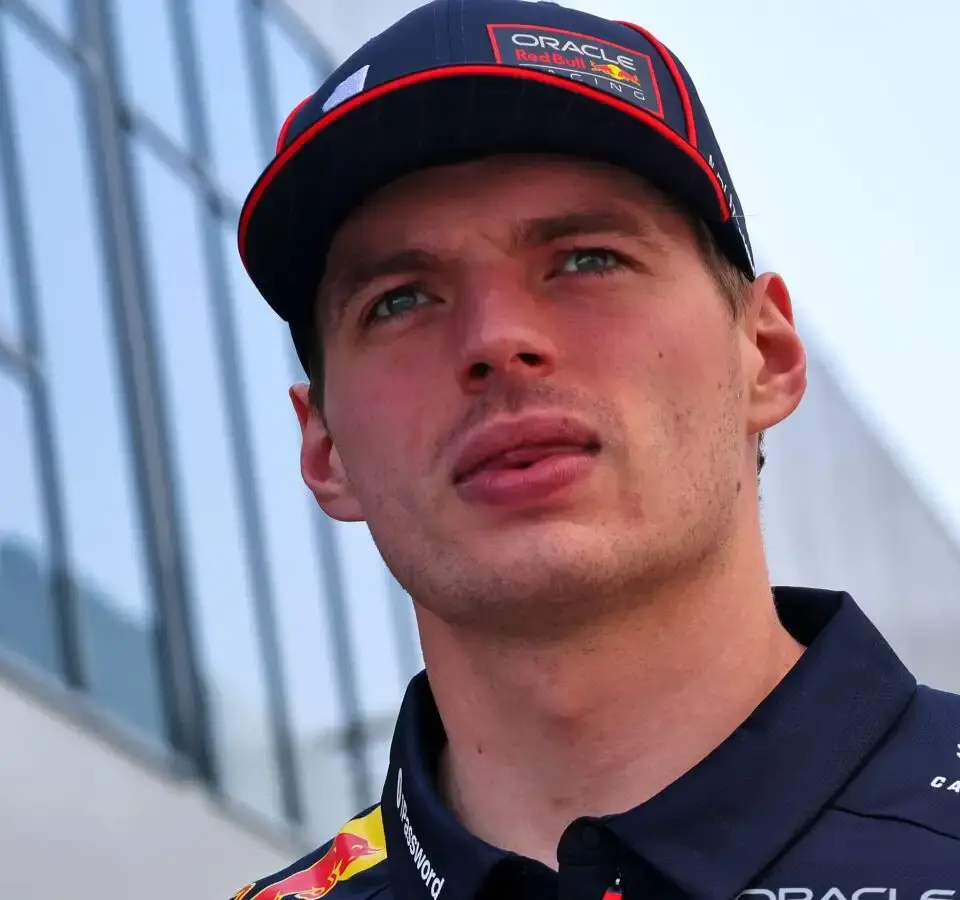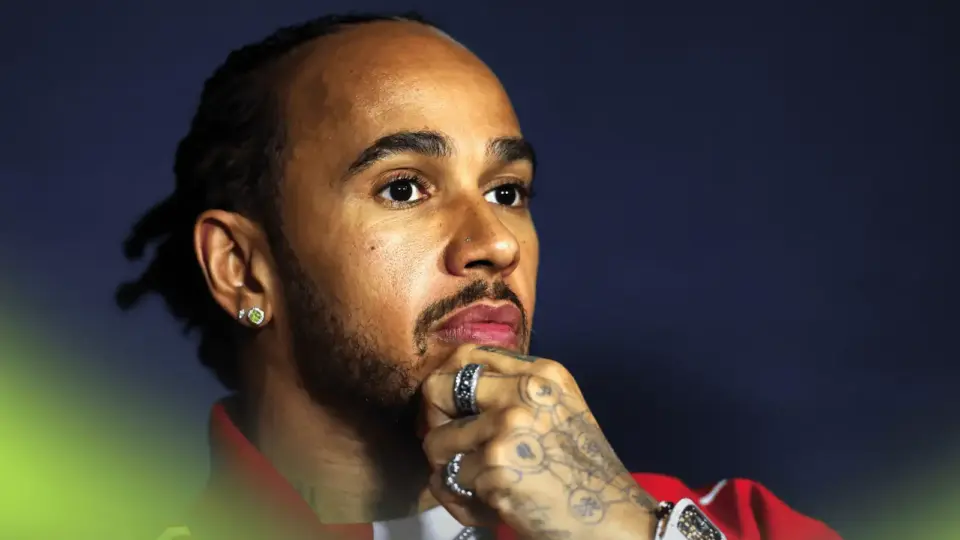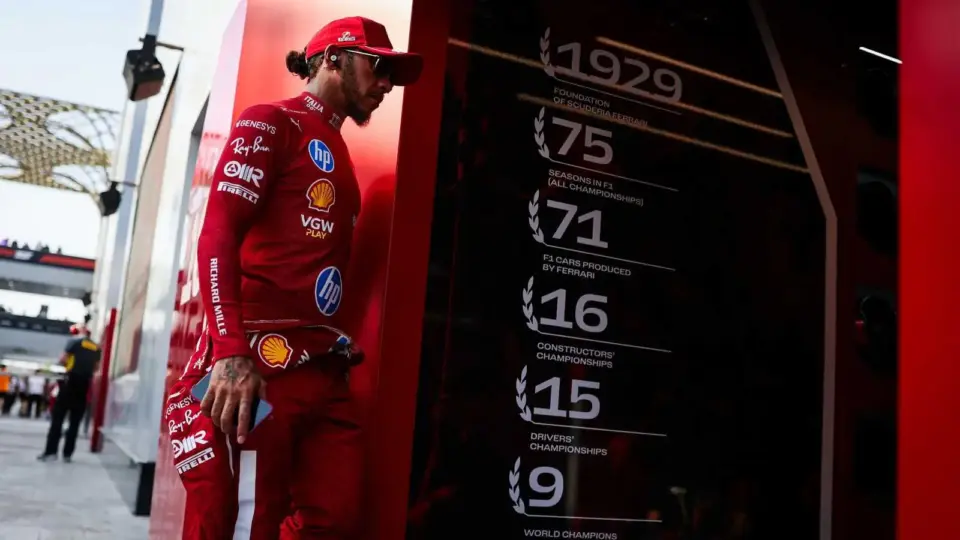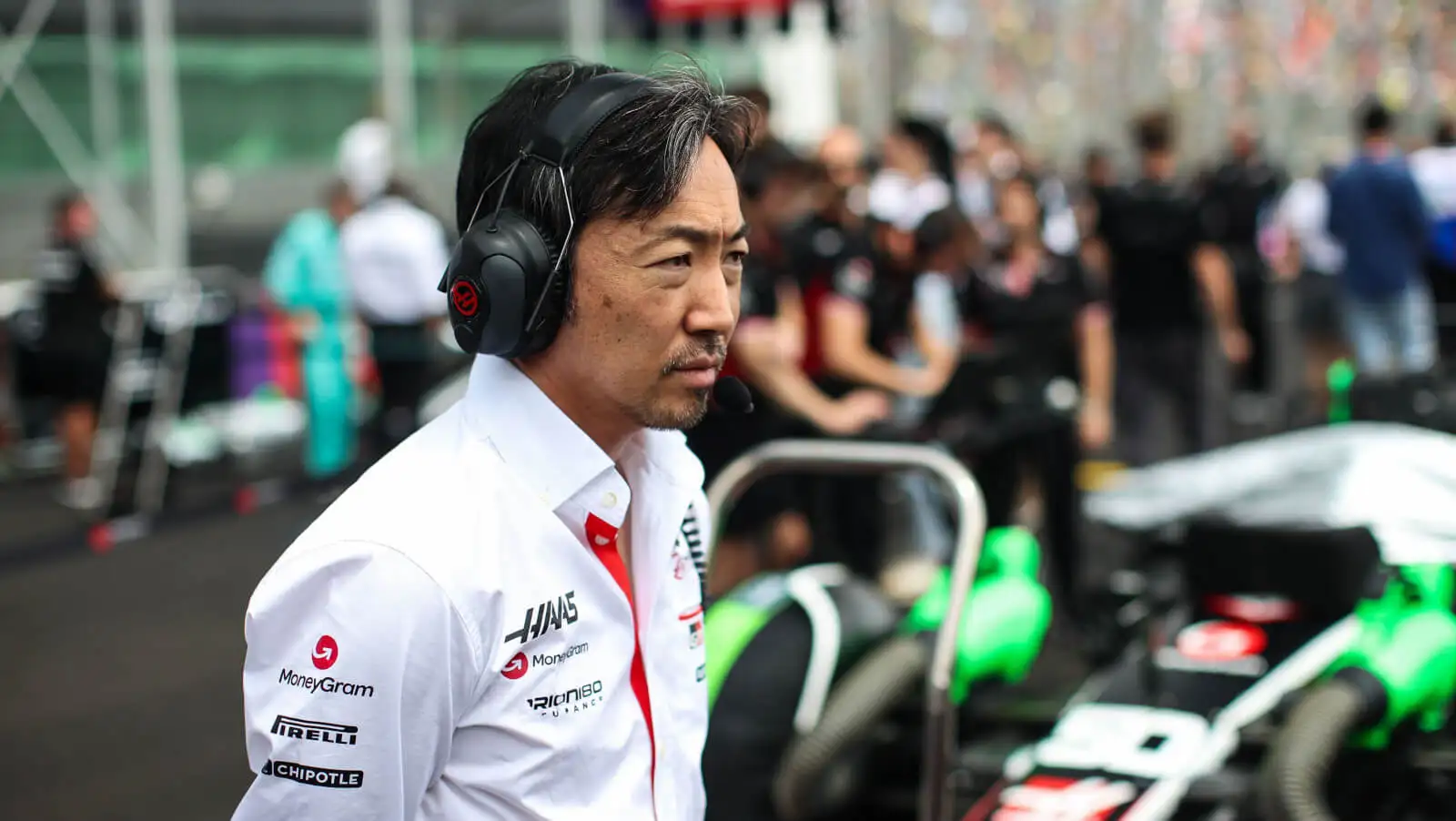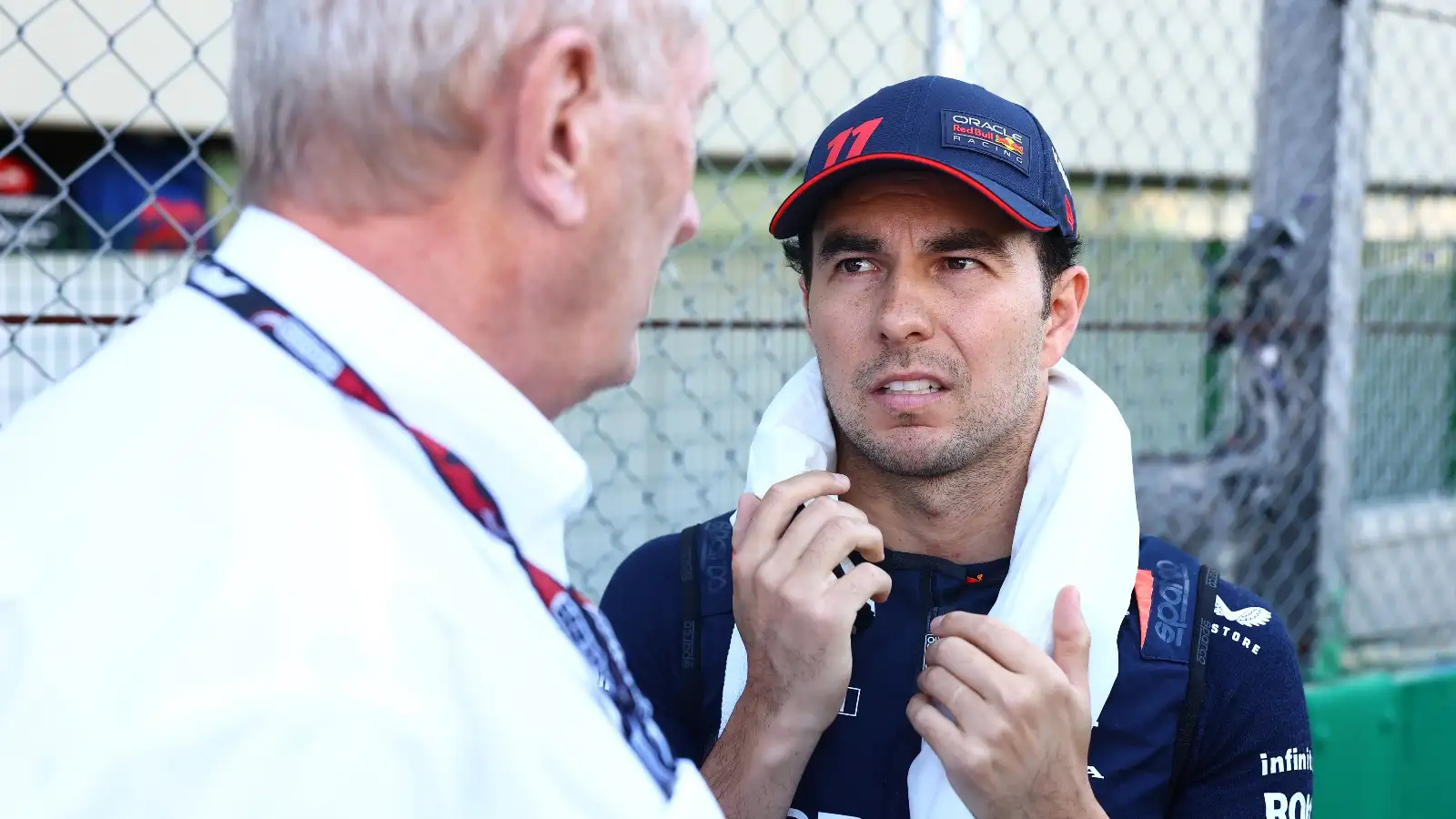Max Verstappen is no stranger to the Formula 1 spotlight, having made his mark as a dominant force with Red Bull Racing. Yet, whispers of a ‘poisoned’ second seat beside him persist, raising eyebrows across the racing world. The man leading the discussion on this hot topic is VCARB CEO Peter Bayer.
Bayer recently weighed in on these swirling rumors, aiming to dispel the notion that the seat alongside Verstappen is somehow cursed. He attributes Verstappen’s success to his exceptional focus and unmatched talent. In Bayer’s view, it’s not about a ‘poisoned’ seat but rather about Verstappen’s unique ability to master challenging cars.
Max Verstappen’s Dominance
Over his nine years at Red Bull Racing, Max Verstappen has faced six different teammates and has consistently outperformed them. His prowess in handling difficult cars is unmatched, from the extreme sensitivity preferred in racing machines by Alex Albon to the narrow operating window of the RB21 noted by Yuki Tsunoda. This dominance has fueled speculation about the second Red Bull seat being ‘poisoned.’
The Voice of VCARB: Peter Bayer
Peter Bayer, the CEO of VCARB, challenges the notion of a ‘poisoned’ seat. He reflects on the achievements of Sergio Perez, who became a vice-world champion alongside Verstappen. Bayer emphasizes that Verstappen’s intense focus and lifelong preparation set him apart from his peers.
Sergio Perez’s example demonstrates that success is possible alongside Verstappen. Bayer mentions the importance of mental strength, which Verstappen has developed over years of meticulous training. The idea of a ‘poisoned’ seat ignores the reality of Verstappen’s extraordinary commitment to his craft.
Challenges for Teammates
Yuki Tsunoda has openly discussed the difficulties he faces with the RB21 car, achieving just one points-paying finish in three races. The issue isn’t the seat itself, Bayer contends, but the unique demands of the car and Verstappen’s extraordinary ability to adapt.
Tsunoda’s struggles highlight the challenges any driver faces when partnering with Verstappen. Although the car demands a high level of precision, it’s Verstappen’s mastery that sets the standard, making the role daunting for any teammate.
The RB21 car’s quirks call for a driver who can exploit its strengths. While challenging, this isn’t insurmountable, as shown by others who have thrived in the competitive environment alongside Verstappen.
The Legacy of Red Bull Driver Swaps
Red Bull’s history of mid-season driver swaps adds to the intrigue surrounding the second seat. From swapping drivers like Liam Lawson early in the season, the team has experienced various driver dynamics over the years.
These swaps are often viewed as brutal, but they’re part of Red Bull’s ethos of pushing boundaries and searching for the perfect team lineup. The ‘poisoned’ narrative is overshadowed by the fast-paced reality of Formula 1 where adaptability is key.
Driver swaps, while challenging, have become an expected part of the Red Bull experience, reflecting the team’s commitment to maintaining competitiveness and improving performance.
Peter Bayer’s Perspective
Bayer’s insight into Red Bull’s strategy offers a unique perspective, suggesting that the supposed curse is more about perception than fact. He highlights Verstappen’s focus, contrasting it with other drivers who may not fully grasp the demands of the role.
In Bayer’s eyes, the seat’s challenge is about aligning with Verstappen’s standards rather than being ‘poisoned.’ The blend of talent and perseverance required to succeed at Red Bull is a characteristic that Verstappen exemplifies.
Bayer’s comments underscore the intricacy of managing a racing team at this level, where every decision impacts the competitive balance.
Verstappen’s Lifelong Dedication
Max Verstappen’s life revolves around racing, and this dedication pays dividends. Whether he’s on the track or sim-racing, he’s constantly honing his skills and maintaining a mental edge over competitors.
This obsessive commitment is what makes Verstappen a formidable partner and what some critics mistakenly label as a ‘curse.’ For Verstappen, it’s simply about being the best, with every aspect of his life geared towards racing success.
Verstappen’s relentless pursuit of excellence sets the bar high, and it’s this standard that any teammate must aim to meet.
Yuki Tsunoda and the RB21 Challenge
Yuki Tsunoda’s adaptation to the RB21 has been a learning curve, highlighting the demands of racing at this level. Despite the challenges, he remains optimistic about improving his performance.
Bayer’s belief in Tsunoda’s potential underscores the team’s faith in their drivers. While the seat may not be ‘poisoned,’ it requires a particular mindset to succeed, one that Tsunoda is working hard to cultivate.
The ongoing development of both the car and driver reflects the dynamic nature of Formula 1, where adaptability is as crucial as skill.
Conclusion: More Than Just a Seat
In the end, the narrative around Red Bull’s second seat is more about Verstappen’s excellence than any curse. His ability to extract performance sets a high benchmark.
In Bayer’s view, the ‘poisoned’ seat theory misses the point. It’s about aligning with Verstappen’s level of skill and understanding the demands of the role.
For those up to the challenge, success is not only possible but expected in the high-stakes world of Formula 1.
The discussion around the Red Bull seat often overlooks Verstappen’s exceptional talent. Those who see it as ‘poisoned’ may miss the broader picture of racing dynamics.
In reality, it’s about measuring up to Verstappen’s high standards, which makes the seat both challenging and rewarding.
